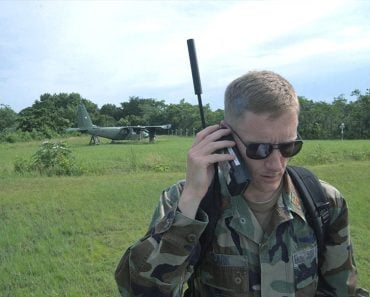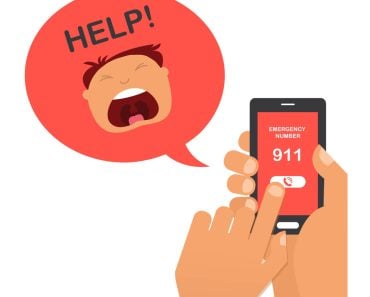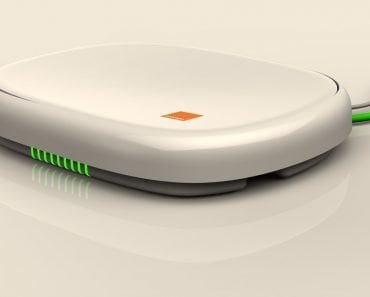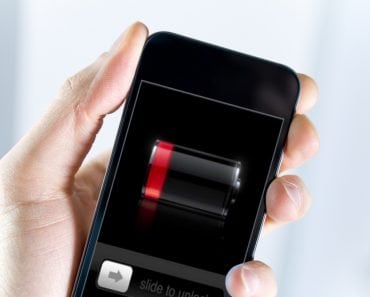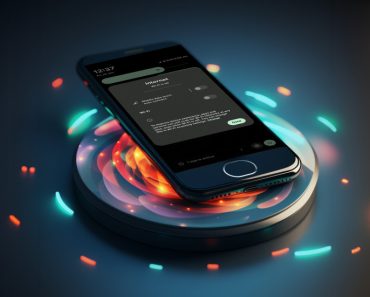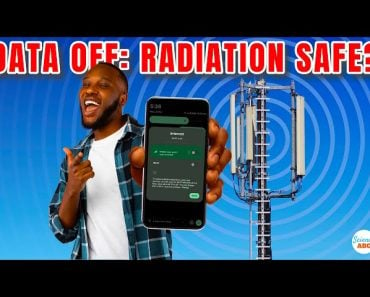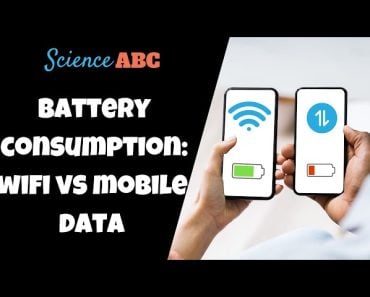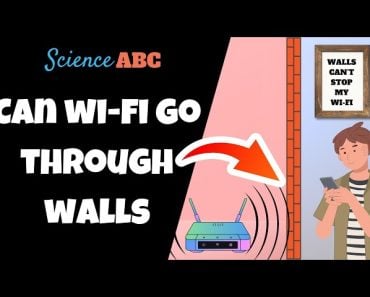When there is no network coverage, emergency calls can still be made by using another service provider’s network. Emergency communication is possible through satellite phones or radios if network coverage is unavailable.
People often resort to unusual measures to find network signals; some even panic if they don’t see those network bars in the top corner of the phone’s display.
In such situations, when there is no network coverage on your phone, the phone usually displays an almost rude message, stating that there is “No network, just emergency calls.”
But wait a minute, isn’t this message contradictory? How can you make “emergency calls” if you don’t have network coverage on your phone?
Recommended Video for you:
Why Do You Need Network Coverage At All?
Network towers are an essential component of wireless telephony. Let’s say you want to call a friend. Once you press the SEND button to make a call, your phone sends a signal to the nearest network tower.
The signal then goes through a series of steps to reach the tower nearest to your friend. Finally, the signal is transmitted to your friend’s phone, and you can start talking.
In short, network towers allow us to make wireless phone calls by transmitting signals from one phone to another.
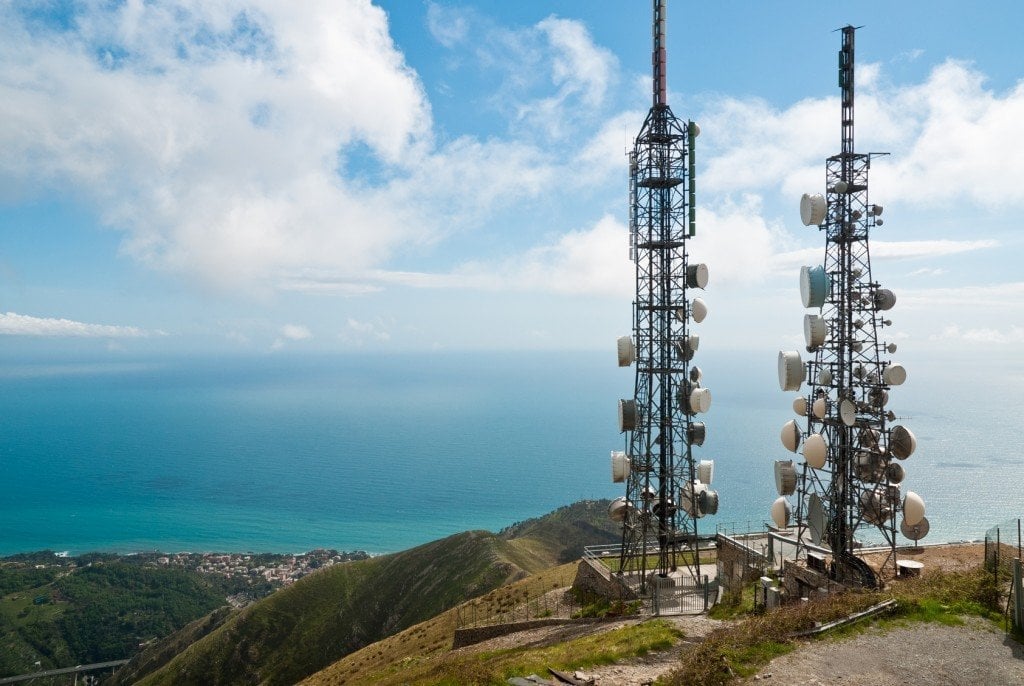
The bars in the top corner of your phone indicate your network service provider’s “usable strength.” If the bars disappear, network coverage is not strong enough to make calls, send SMS, etc. If that is true, how can you make those “emergency calls”?
Can You Make Emergency Calls Without Service?
Cell phones need a network signal to make calls. But, if the signal strength of the mobile network of your service provider is not strong enough in the location where you’re trying to make the call, your phone will use the network of another service provider whose signal strength is strong enough to make the call.
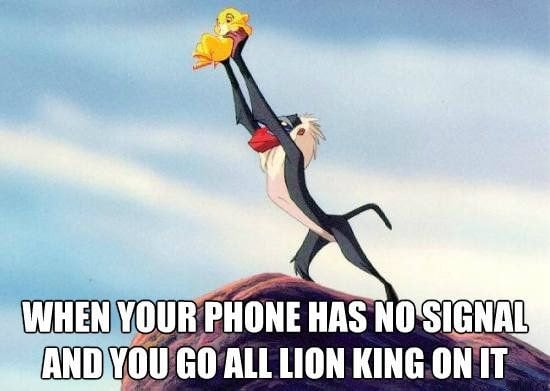
Most SIM cards work on GSM technology, which allows you to use another service provider’s network when there is no coverage from your own service provider. However, your access to it may be limited, which is why there is a restriction on emergency calls.
If your service provider’s network coverage is insufficient in your area, your phone will connect to a ‘Roaming network.’ These are companies that have links with your service provider.
If the roaming network also has a weak signal, then your phone will connect to the best network signal available in your area, regardless of which company it belongs to. Emergency calls can still be made in this scenario.
What If Your SIM Card Doesn’t Work?
It’s worth noting that in some countries, like the United States and England, people can still call an emergency number like 911 or 999 even if their SIM card is not working properly.
Contrary to popular belief, it’s not the SIM card that connects you to a network tower but rather your phone’s antenna.
Your SIM card only contains your phone number and carrier information, so making an emergency call is unnecessary.
Due to the SIM’s malfunction, the emergency service center may not receive the caller ID or the caller’s location, but the call can still be connected.
What If There Is No Network Coverage At All?
If you happen to be in a place without network coverage by a service provider, this is bad news. Since no network tower nearby can receive and send your phone’s signals, your phone becomes completely ineffective.
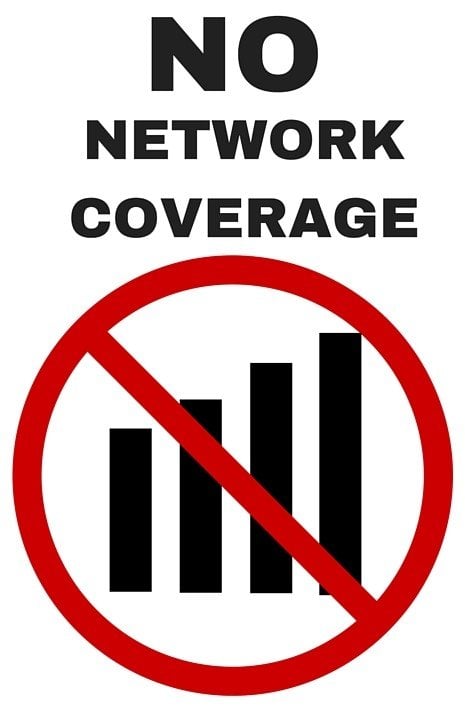
Given this, it is essential for people who travel to remote places to explore the hinterland and unknown places to have communications security in the form of satellite telephones or radios in emergencies requiring immediate assistance.
If a visit to the jungles of the Amazonian basin is in the cards for you, ensuring that you have the necessary communication options in that dense green paradise is a wise choice.
Last Updated By: Ashish Tiwari
References (click to expand)
- Barnes, R., & Rosen, B. (2014, April). 911 for the 21st Century. IEEE Spectrum. Institute of Electrical and Electronics Engineers (IEEE).
- Moore, Linda KS. Emergency communications: The future of 911. Congressional Research Service, 2009.
- Markakis, E. K., Lykourgiotis, A., Politis, I., Dagiuklas, A., Rebahi, Y., & Pallis, E. (2017, January). EMYNOS: Next Generation Emergency Communication. IEEE Communications Magazine. Institute of Electrical and Electronics Engineers (IEEE).


